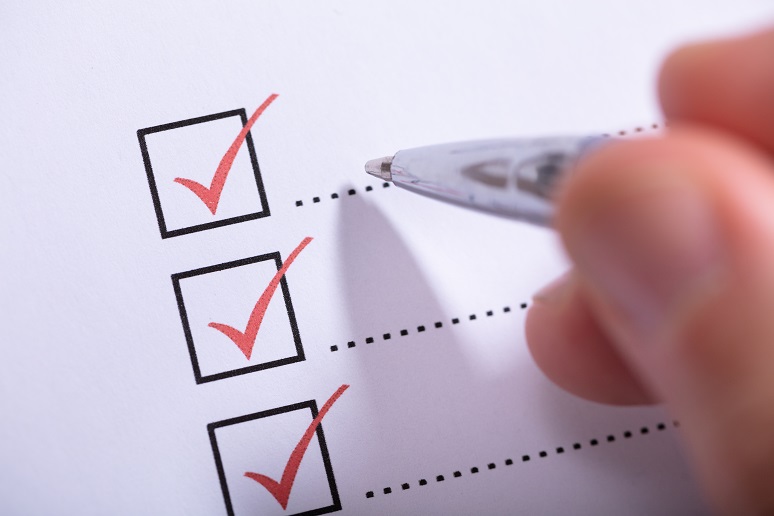This post originally appeared on our sister site, No Jitter
You know you’ve made the right technology choice when you hear words such as “what in the world would we have done without this” coming from a top corporate executive. For
Memorial Health System, a sprawling nonprofit healthcare organization in Illinois, that “this” has been Facebook’s collaboration platform,
Workplace, ground zero for communications to and among employees for the past three years.
Memorial Health began using Workplace in 2018 with three main goals in mind, communications being one of them,
Aimee Daily, SVP and chief transformation officer at the healthcare system, shared during a conversation with No Jitter. “It ticked all of our boxes,” she said. Workplace would: 1) allow people to connect with each other, 2) enable leadership to cascade messages out to the organization while at the same time giving employees a way to communicate back up the chain, and 3) facilitate knowledge sharing, she explained.
For Daily, finding a way to bring together a far-flung workforce of about 10,000 people was key for the organizational improvement she sought to bring to the healthcare system, which has nearly 80 locations across central Illinois, she said. To find the most suitable tool for this, she teamed with the organizational learning and communications teams to identify and pilot different options. Workplace, with the familiar look and feel of an app so many employees use in their personal lives, provided an aha moment, Daily said. “People of every generation use Workplace — even the ones who wouldn't call themselves tech-savvy have picked it up and learned how to use it.”
Before rolling out, however, Daily said she brought together a Workplace execution team, pulling in IT, for an information security audit, and HR, to work through how the platform would interact with and pull in data from other systems. In addition, she assigned Workplace consultants for day-to-day management and coordinating with IT on reporting and HR for policies, she added. Toward that end, Memorial Health uses
Aware, an add-on tool that allows the Workplace team to analyze human behavioral data. Using Aware, “we can check sentiment on particular topics, and then share information with human resources or other departments about the things that are bubbling up that we need to be paying attention to,” Daily explained.
Initially, Memorial Health’s policy for using the Groups feature in Workplace was to limit those to work purposes. “We essentially said, ‘If you could do it on Facebook, then do it on Facebook. But if it’s on Workplace, it should be work-related,” Daily said. But with the pandemic, the organization understood the value of using Workplace as a connection for people working through social and emotional issues, she added. So while workers could find the most up-to-date COVID safety guidelines, including live broadcasts three times daily, within a business-essential “Covid Need to Know” group, they could also share their concerns, fears, or questions about all things related to the pandemic in a “COVID Conversations” group.
As the pandemic proceeded, the team allowed more and more of what it calls affinity groups built to bring together like-minded people within communities, and today Memorial Health has Workplace groups for Pride, DEI initiatives, home-schooling parents, and so on, Daily said. “The risk aversion has changed, and people are more open to [using Workplace for non-work communities].”
However, Memorial Health has not given carte blanche to employees who want to create a group. Rather, it has put structure in place to ensure against orphan groups or groups that aren’t managed by anyone, Daily said. So, each group must have two leaders, or sponsors, and posted ground rules, she said. The Workplace team runs reports on the groups, and if one goes stagnant, they try to “give it CPR,” she added. “But if it has run its course, which happens, … we archive the group.”
Memorial Health is well into the five-year roadmap laid out when it brought on Workplace, Daily said. It has the communications and connection piece in place, as well as a knowledge library. As a second phase, it has started working on the addition of bots, and then will move toward integration of Workplace into its Microsoft environment… OneDrive, SharePoint, and Teams, for example, she said.
Touting Workplace’s success within the organization, Daily shared a wide range of statistics for the period spanning mid-June to mid-July. For example, the company saw a 94% claim rate on Workplace accounts, with 72% monthly active users (on a goal of 80%). And, measuring value/reach/leader visibility, it achieved 83% company reach, 44% collaboration of audience, and 63% visible leadership.
This sort of data gets packaged up and delivered to the executive team monthly, Daily said. “We sell the sizzle and the steak,” she added. “We want to know how we're using it because there's always someone else who can get better. The more we tell stories about the ones who are using it, the more it creates the opportunity for other people to consider utilization, too.”
To learn more about collaboration platforms, and all things enterprise communications, join us this September at Enterprise Connect 2021. As a No Jitter reader, you can save $200 off the current rate by using the promo code WSCAL200 when you register.





